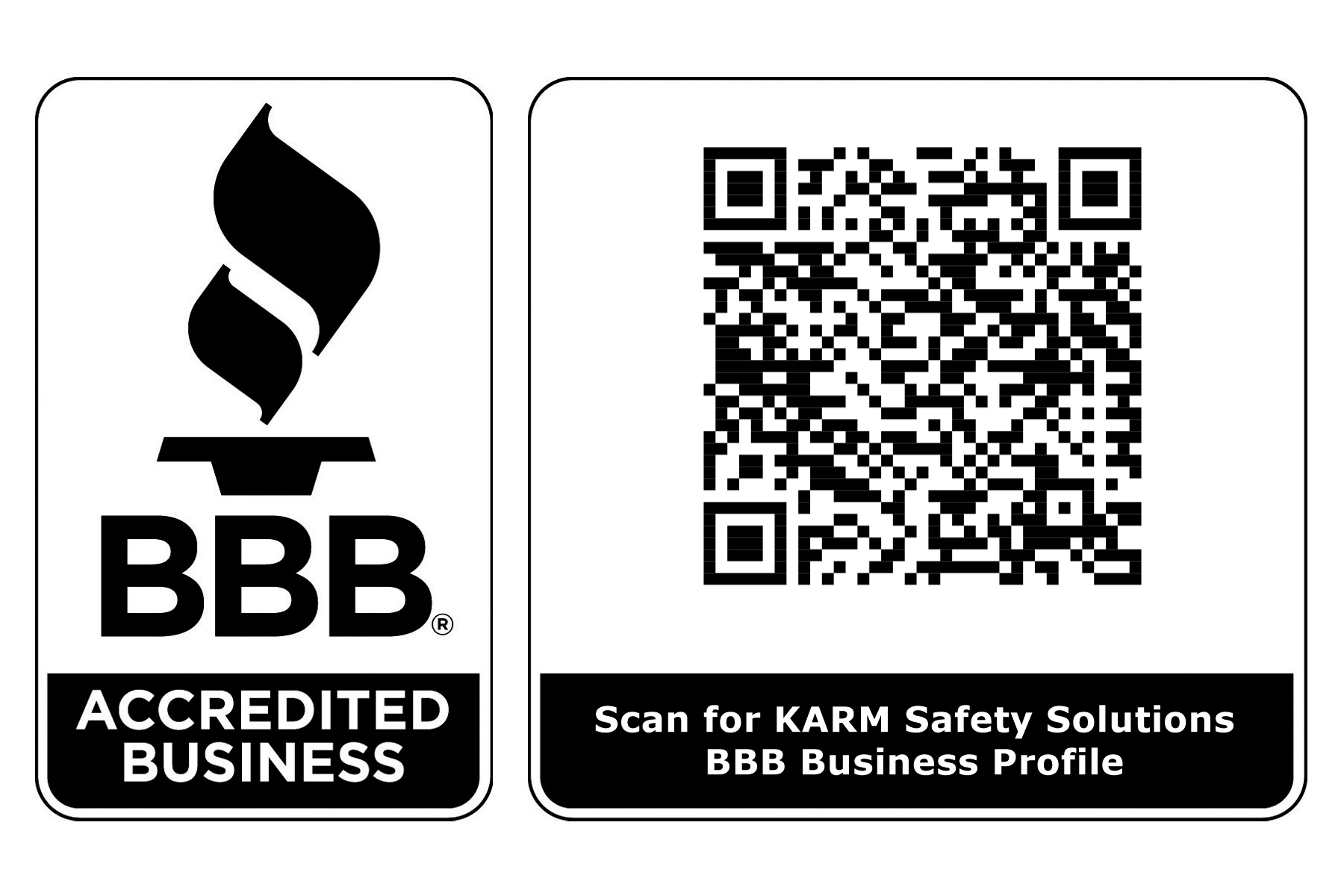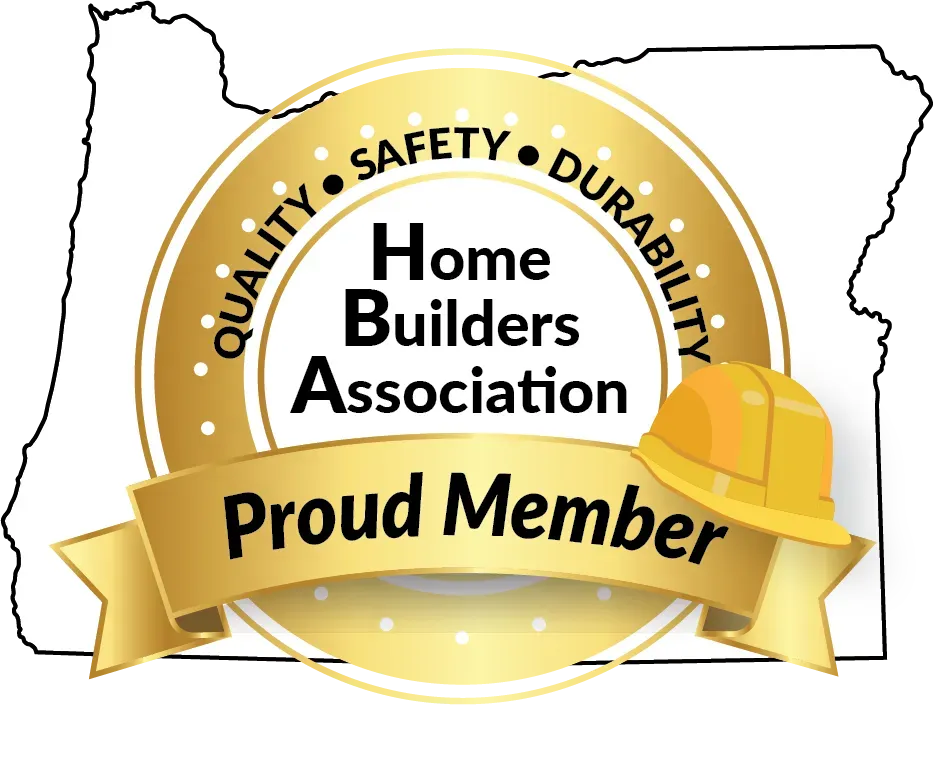Online Safety Training vs. In-Person Training: A Comparative Analysis
People learn differently and sometimes online safety training is the best option

In the modern workplace, safety training is critical to ensuring that employees are aware of potential hazards and know how to mitigate risks. Traditionally, safety training has been conducted in person, often through workshops or seminars. However, with technological advancements and the increasing prevalence of remote work, online safety training has become a viable alternative. This blog post delves into why online safety training can be as effective as in-person training, exploring various aspects such as accessibility, engagement, retention, customization, and cost-effectiveness.
Accessibility and Convenience
One of the most significant advantages of online safety training is its accessibility. Employees can access training materials from anywhere with an internet connection, making it particularly beneficial for remote or geographically dispersed teams. This flexibility ensures that all employees, regardless of location, receive the same quality of training. At KARM Safety Solutions, we enhanced our in-person training by including all the instructor's notes and talking points spoken at the end of each slide. This way, the employee gets the full value of the training.
In contrast, in-person training often requires scheduling sessions at specific times and locations, which can be inconvenient for employees who work different shifts, are far from the training site, or can't leave the work site. Online training eliminates these logistical challenges, allowing employees to complete training at their own pace and on their own schedule. This convenience can lead to higher participation rates and ensures that every employee gets all essential safety training due to scheduling conflicts. At KARM Safety Solutions, we offer a message us with questions option to help online learners if they have a question.
Engagement and Interactivity
A common misconception is that online training is less engaging than in-person training. However, advancements in e-learning technology have enabled the development of highly interactive and engaging online training programs. These programs often include multimedia elements such as videos, animations, simulations, and interactive quizzes that can enhance the learning experience.
In-person training can sometimes suffer from a one-size-fits-all approach, where the instructor's ability to engage every participant effectively may vary. In contrast, online training platforms can use adaptive learning technologies to tailor the training experience to individual learners' needs, keeping them engaged and motivated. For example, interactive simulations can immerse learners in realistic scenarios, allowing them to practice safety procedures in a controlled, virtual environment. This hands-on approach can be more effective than traditional lectures, where learners may passively receive information without actively applying it.
Knowledge Retention and Reinforcement
Retention of safety information is crucial, as it directly impacts employees' ability to recall and apply safety procedures in real-world situations. Online training can enhance knowledge retention through various means. Using multimedia elements like videos and animations can make complex information more digestible and memorable. Additionally, interactive components, like quizzes and simulations, require active participation, which has been shown to improve retention.
Online platforms can also facilitate spaced repetition, a learning technique that involves reviewing information at increasing intervals. This method has been proven to improve long-term retention of information. On the other hand, in-person training is often delivered in a single session, making it challenging to reinforce learning over time. By incorporating regular follow-up quizzes and refresher modules, online training ensures that safety information remains top-of-mind for employees.
Cost-Effectiveness
Cost is a significant consideration for any training program. Online safety training can be more cost-effective than in-person training for several reasons. Firstly, it eliminates the need for travel, accommodation, and venue rental costs associated with bringing employees together for in-person sessions. Secondly, online training can be scaled easily, allowing organizations to train many employees.
In contrast, in-person training often requires repeated sessions and ongoing investment in trainers and materials.
Online training can be done by the employee at their own pace, when they have downtime, or when time allows.
Measuring Effectiveness and Compliance
One critical advantage of online safety training is the ability to track and measure training outcomes effectively. Online platforms provide detailed analytics on employee participation, progress, and performance. This data allows organizations to identify areas where additional training may be needed and ensure all employees meet compliance requirements.
In-person training can be more challenging, relying on manual record-keeping and subjective participant engagement and understanding evaluations. Online training platforms offer objective, quantifiable metrics that can be used to demonstrate compliance with regulatory requirements and to make data-driven decisions about future training initiatives.
Real-Time Updates and Continuous Improvement
Safety regulations and best practices are continually evolving. Online training platforms offer the advantage of real-time updates, ensuring that employees always have access to the most current information.
In-person training, by contrast, requires time and resources to update materials and schedule new sessions, potentially leading to delays in disseminating critical information. The ability to quickly and efficiently update training content is essential in industries with rapidly changing safety standards or regulations.
Enhanced Collaboration and Communication
While online training may seem impersonal, many platforms incorporate features that facilitate collaboration and communication among learners. Discussion forums, live webinars, and group projects can create opportunities for employees to share experiences, ask questions, and learn from one another. These collaborative elements can mimic the interactive and social aspects of in-person training, fostering a sense of community and shared responsibility for safety.
In-person training can also facilitate collaboration, but it often depends on the group dynamics and the trainer's ability to encourage participation. At KARM Safety Solutions, we offer the same level whether in-person or online. Online platforms provide structured opportunities for interaction, ensuring that all employees have a voice and can contribute to the learning process.
Addressing Diverse Learning Styles
Employees have diverse learning styles and preferences, and online training can more effectively accommodate this diversity than in-person training. Visual learners can benefit from videos and animations, auditory learners from narrated modules, and kinesthetic learners from interactive simulations. Online platforms can offer a variety of learning formats, allowing employees to choose the best methods for them.
While in-person training can incorporate different teaching methods, it may not always be able to cater to individual learning preferences to the same extent. Trainers must balance the entire group's needs, which can limit the ability to provide personalized learning experiences.
Conclusion
While in-person safety training has been the traditional approach for many organizations, online safety training offers numerous advantages that can make it equally, if not more, effective. Accessibility, engagement, retention, customization, cost-effectiveness, and the ability to measure and update training content in real-time make online training a compelling option for modern workplaces. By leveraging the strengths of online training platforms, organizations can ensure that all employees receive high-quality safety training, regardless of their location or schedule, ultimately fostering a safer and more compliant work environment. In-person training is still a great option for groups to get together. Both are great options depending on the employee's learning style.













